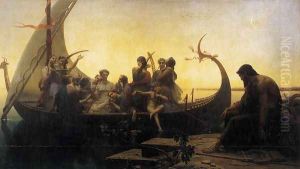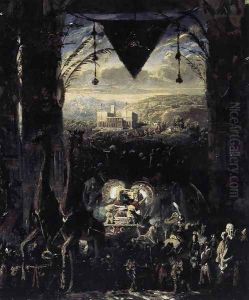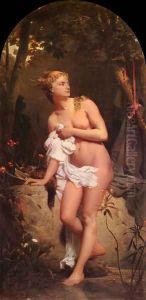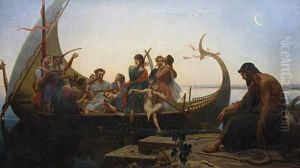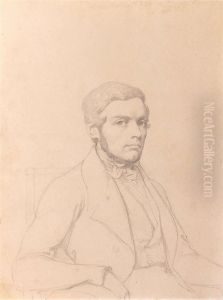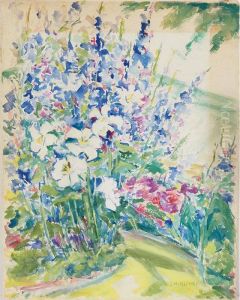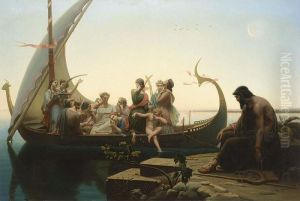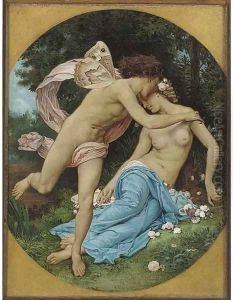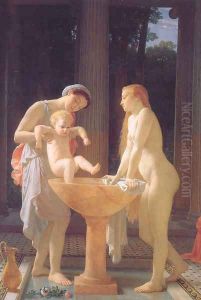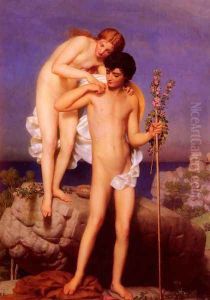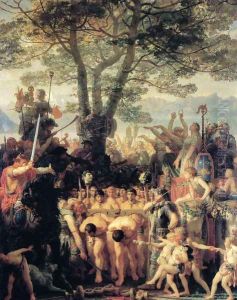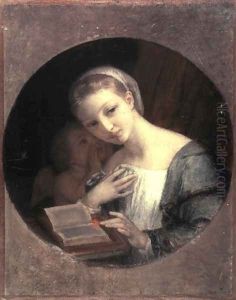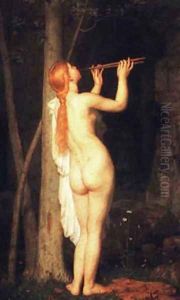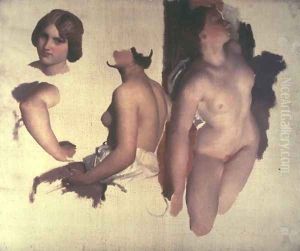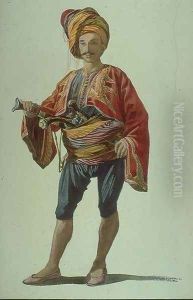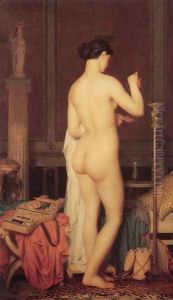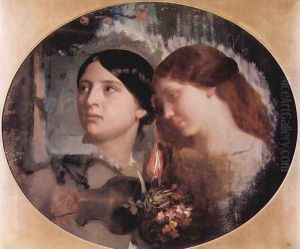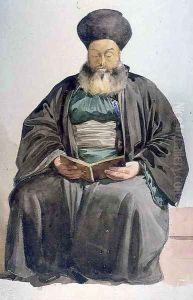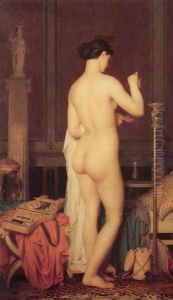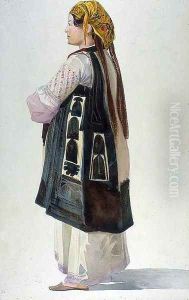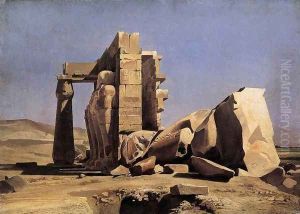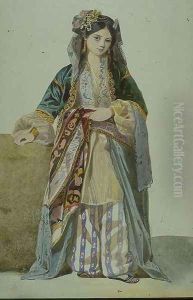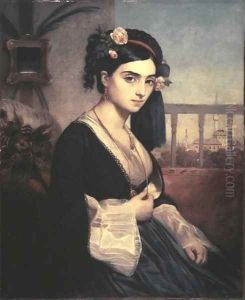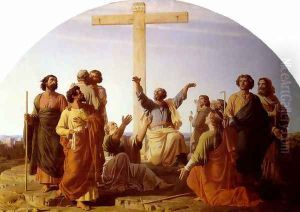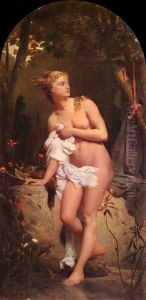Gleyre Charles Paintings
Charles Gleyre, born Marc Gabriel Charles Gleyre, was a Swiss artist who left a significant mark on the French art scene of the 19th century. Born on May 2, 1806, in Chevilly, Canton de Vaud, Switzerland, Gleyre was orphaned at an early age and was later adopted by an uncle in Lyon, France. He initially studied in Lyon before moving to Paris to continue his artistic education.
In Paris, Gleyre entered the studio of Louis Hersent and eventually, the prestigious École des Beaux-Arts. He also spent a considerable amount of time in Italy, where he was influenced by the works of the Renaissance masters. In 1834, he took an extended trip to the Near East, where he made numerous sketches which later formed the basis for his Orientalist paintings.
Gleyre became known for his meticulous and polished technique, classical themes, and orientalist imagery. His works were characterized by a serene and often dreamlike quality, combining elements of Neoclassicism and Romanticism. He was most celebrated for his painting 'Le Soir', also known as 'Les Illusions Perdues' (The Lost Illusions), which depicts a group of young poets travelling down the Nile and was exhibited at the Salon in 1843 to great acclaim.
After the death of Paul Delaroche, Gleyre took over his studio in 1843 and became an influential teacher to a generation of artists who would go on to form the core of the impressionist movement. Among his pupils were Claude Monet, Pierre-Auguste Renoir, Alfred Sisley, and James Whistler. Gleyre's teaching was known for being rigorous and disciplined, emphasizing the importance of drawing and form.
Gleyre's impact as an educator was perhaps as significant as his work as a painter. His emphasis on drawing and composition became foundational for his students, who would later challenge the formal academic art Gleyre represented. Despite his traditionalist stance, he was respected by his students for the precision of his instruction and his dedication to the craft of painting.
Charles Gleyre never married and remained a deeply private individual throughout his life. His health declined in the 1860s, leading him to retire from teaching in 1864. He continued to paint until his death on May 5, 1874, in Paris. Although Gleyre's works are not as widely recognized today as those of his famous students, his role in the development of modern art and the nurturing of a new generation of artists is undeniable.
